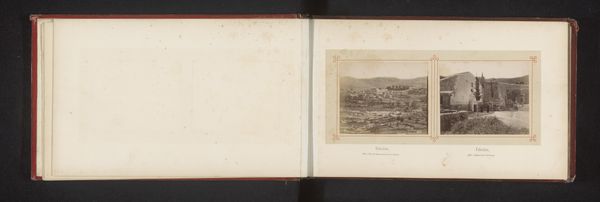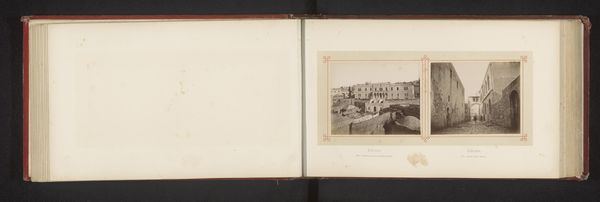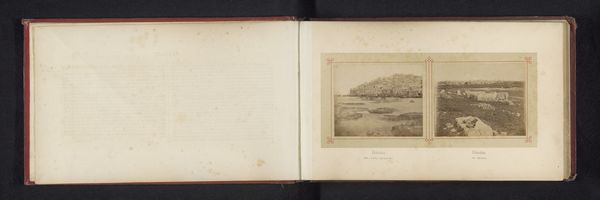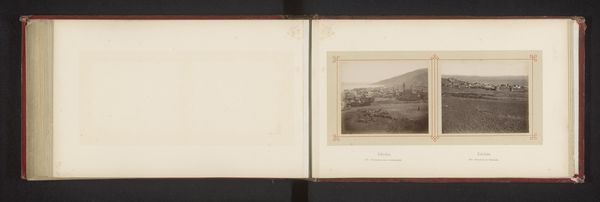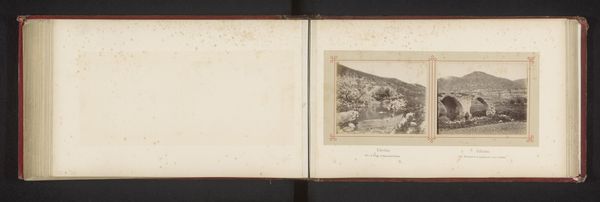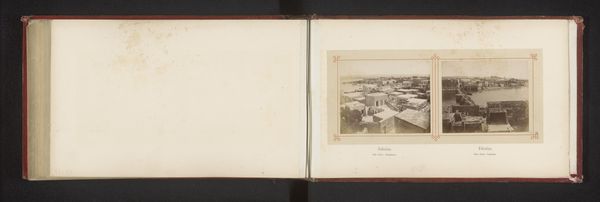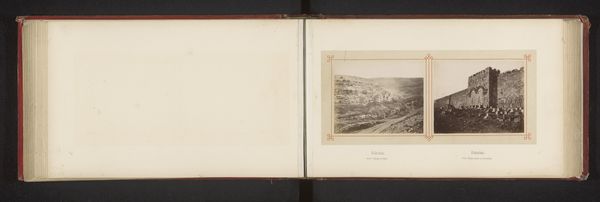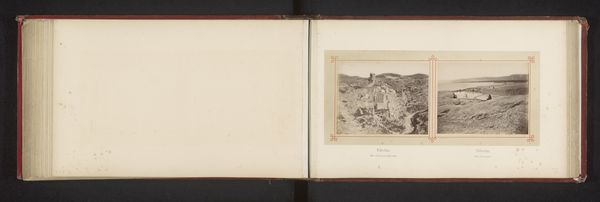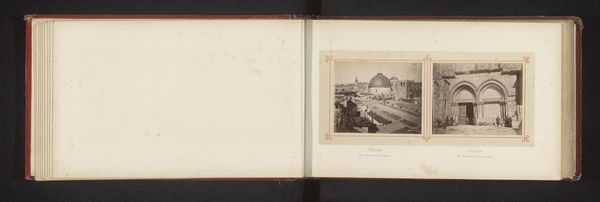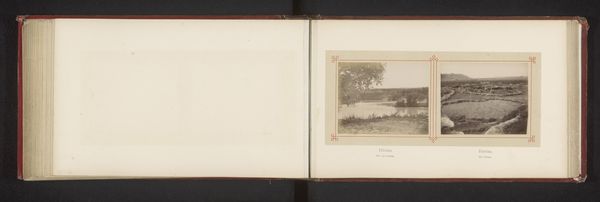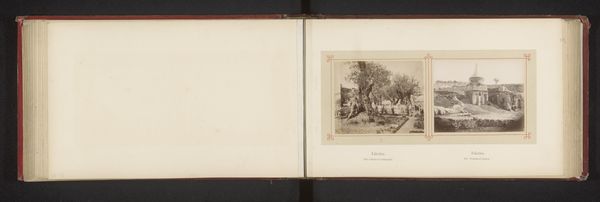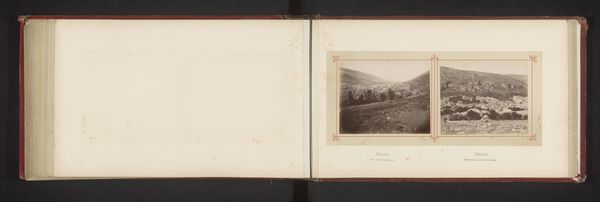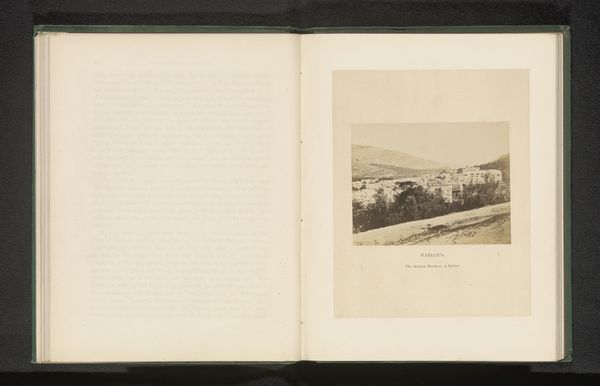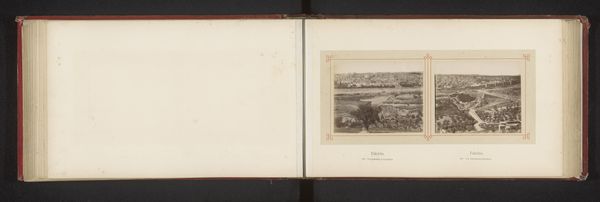
print, photography, albumen-print
#
ink paper printed
# print
#
landscape
#
photography
#
albumen-print
Dimensions: height 77 mm, width 97 mm
Copyright: Rijks Museum: Open Domain
Félix Bonfils made this photographic print of church ruins, we think in the mid-19th century. Bonfils worked with a long-established set of photographic processes and materials: glass plates, darkroom chemicals, albumen paper. Yet, in his hands, these techniques took on new social significance. In the 1860’s he opened a studio in Beirut, and produced thousands of images of the Middle East for Western consumption. These were not simply documents, but commodities: carefully composed views intended for sale. Look closely, and you can see how Bonfils treated the land as a stage set, carefully arranging elements like the ruined arch to create a picturesque scene. It's worth considering how Bonfils' commercial approach to photography, while seemingly distant from traditional notions of art, played a crucial role in shaping perceptions of the Middle East. He made these materials speak to a Western audience, thus challenging traditional distinctions between art, craft, and commerce.
Comments
No comments
Be the first to comment and join the conversation on the ultimate creative platform.
